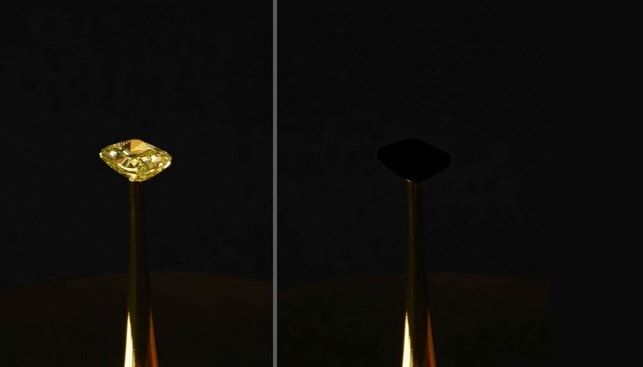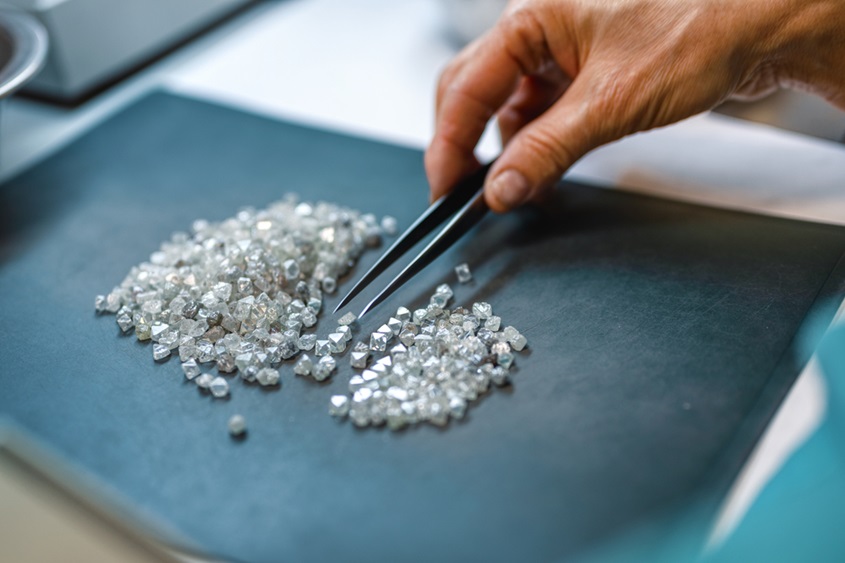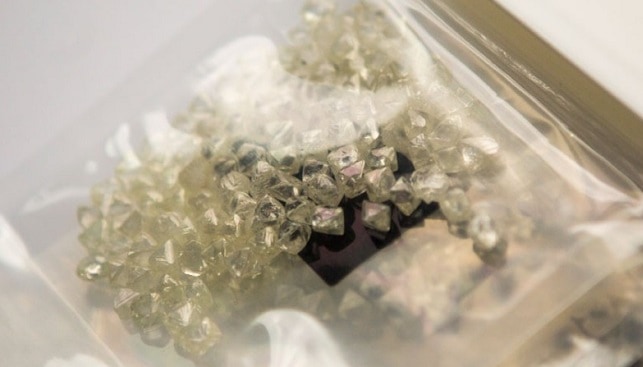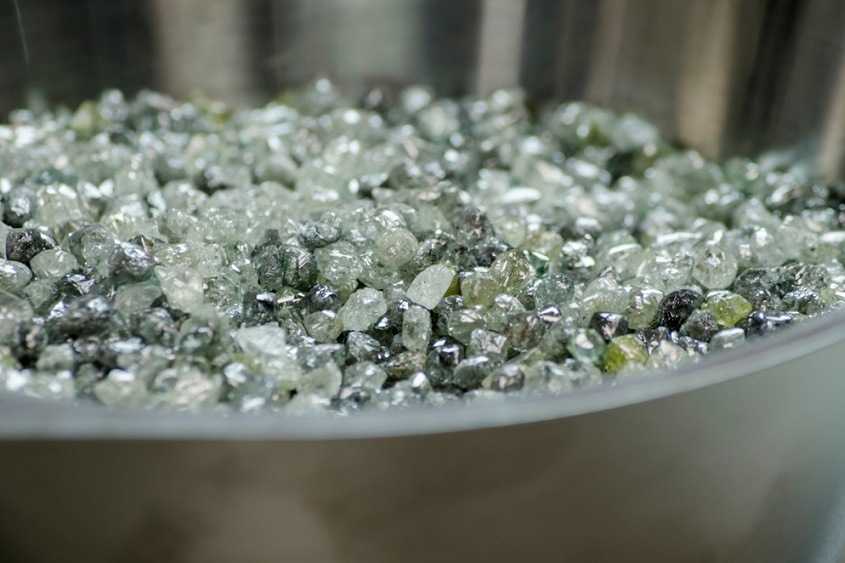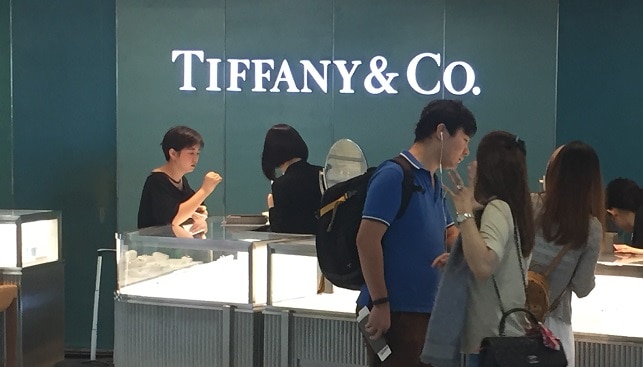MIT engineers have developed the “blackest black” material to date, ten times darker than other very black materials – and they used an extremely expensive diamond to show off their creation.
The material, dubbed CNT, is made of microscopic filaments of carbon that the engineers liken to “a fuzzy forest of tiny trees”. The CNTs were grown on a surface of chlorine-etched aluminum foil that captures almost 100% of any incoming light, “making it the blackest material on record”.

Yellow Diamond Goes Black
In September, MIT showcased the new material as part of an exhibit at the New York Stock Exchange titled “The Redemption of Vanity”. Diemut Strebe, an artist-in-residence at the MIT Center for Art, Science, and Technology, created the artwork in collaboration with Brian Wardle, a professor of aeronautics and astronautics at MIT.
The artwork features a 16.78-carat natural yellow diamond from LJ West Diamonds, estimated at $2 million. The team then coated the diamond with the new, ultrablack CNT material. The effect is stunning, as the normally brilliant diamond appears as a flat, black void.
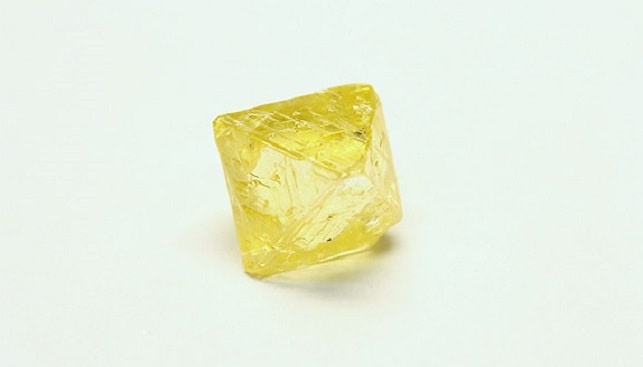
According to Wardle, the CNT material may have practical implications: “There are optical and space science applications for very black materials, and of course, artists have been interested in black, going back well before the Renaissance. Our material is 10 times blacker than anything that’s ever been reported, but I think the blackest black is a constantly moving target. Someone will find a blacker material, and eventually we’ll understand all the underlying mechanisms, and will be able to properly engineer the ultimate black”.
According to the piece, the material is already gaining interest in the aerospace community. John Mather, an Astrophysicist and Nobel laureate, said that he wants “to explore the possibility of using Wardle’s material as the basis for a star shade — a massive black shade that would shield a space telescope from stray light”.
Wardle and the co-author of the study, professor at Shanghai Jiao Tong University Kehang Cui, have applied for a patent and are making the new CNT process freely available to any artist to use for a noncommercial art project.

